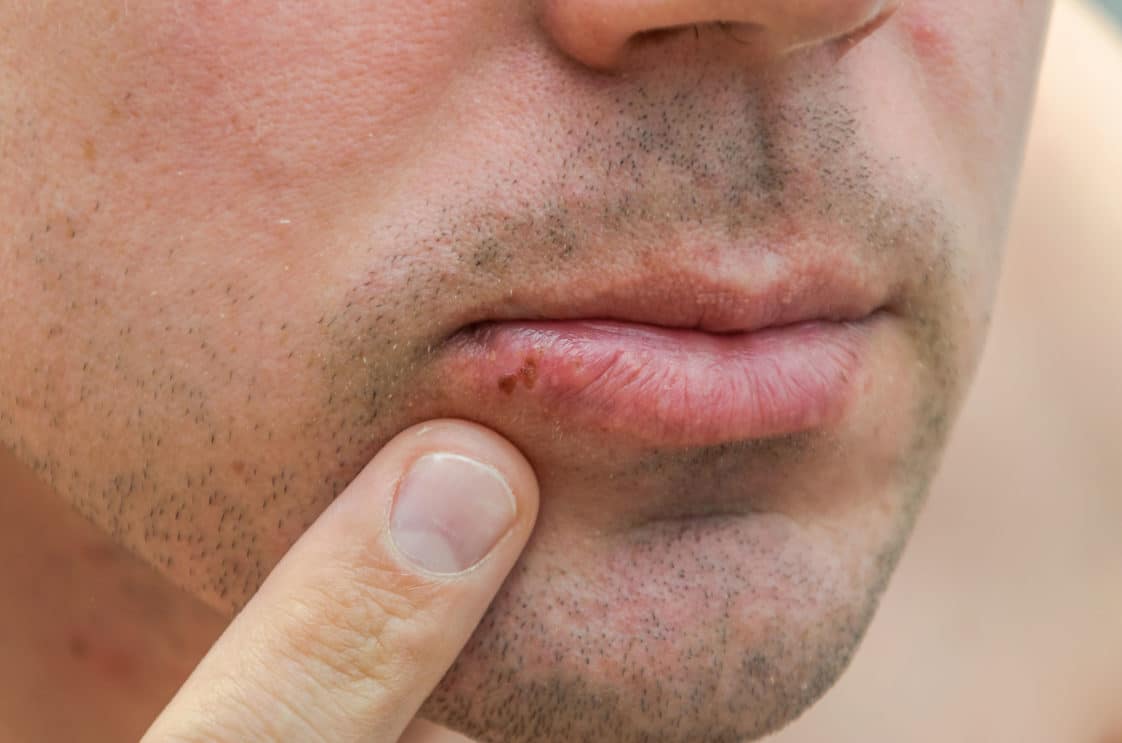

The eyes become red and swollen, and have a thick, pus-like discharge. Newborn babies normally show symptoms in their eyes during the first 2 weeks. Women may also experience painful periods, bleeding between periods, pain during sex, or. In women, both a gonorrhea and chlamydia infection might be mistaken for a yeast infection. Gonorrhoea can be passed from a mother to her baby during childbirth. With both chlamydia or gonococcal infections, men might also experience swelling and pain in the testicles and/or scrotum. If gonorrhoea is left undiagnosed and untreated, you can continue to spread the infection and there's a risk of potentially serious complications, including infertility. It's important to be tested for gonorrhoea if you think there's a chance you're infected, even if you have no obvious symptoms or the symptoms have gone away on their own. Infection in the eyes can cause irritation, pain, swelling and discharge, and infection in the throat usually causes no symptoms. Infection in the rectum can cause discomfort, pain or discharge. 1 Typically, gonorrhea in the throat doesn't cause any symptoms. If infected semen or vaginal fluid comes into contact with the eyes, you can also develop conjunctivitis. Roughly 1 in every 10 men with gonorrhea won't experience symptoms, and 5 in 10 women living with gonorrhea won't experience symptoms. pain or tenderness in the testicles – this is rareīoth men and women can develop an infection in the rectum, throat or eyes by having unprotected anal or oral sex.inflammation (swelling) of the foreskin.pain or a burning sensation when urinating.an unusual discharge from the tip of the penis, which may be white, yellow or green.

In men, symptoms of gonorrhoea can include: bleeding between periods, heavier periods and bleeding after sex – this is less common.pain or tenderness in the lower abdominal area – this is less common.pain or a burning sensation when passing urine.an unusual vaginal discharge, which may be thin or watery and green or yellow in colour.In women, symptoms of gonorrhoea can include: Unprotected sex should be avoided until both the patient and partner have been treated.Symptoms of gonorrhoea usually develop within about 2 weeks of being infected, although they sometimes do not appear until many months later.Ībout 1 in 10 infected men and 5 in 10 infected women will not experience any obvious symptoms, which means the condition can go untreated for some time. Those few women with symptoms will have a.

Sexual partners should also receive treatment for gonorrhea because re-infection is common, and patients should be retested for gonorrhea three months after treatment of the initial infection. Men infected with gonorrhea will have burning while urinating and a yellowish white discharge from the penis.

inflammation and tenderness of a duct in the testicles, and.infection and irritation of the cervix,.When symptoms of gonorrhea do appear in women, they may include Symptoms of gonorrhea infection may be different in women and men. In addition, an infected mother may transmit gonorrhea to her newborn during vaginal childbirth. Individuals who are at high risk should be routinely screened for gonorrhea and other STIs. Untreated gonorrhea can lead to serious complications. Most infections do not cause symptoms, though symptoms can include a sore throat or swollen lymph nodes. Gonorrhea infection is transmitted from one person to another through vaginal, oral, or anal sexual contact. Throat gonorrhea can occur from having unprotected oral sex with an infected individual. Gonorrhea is a common sexually transmitted infection caused by the Neisseria gonorrhoeae bacteria. Medically Reviewed on Doctor's Notes on Gonorrhea


 0 kommentar(er)
0 kommentar(er)
